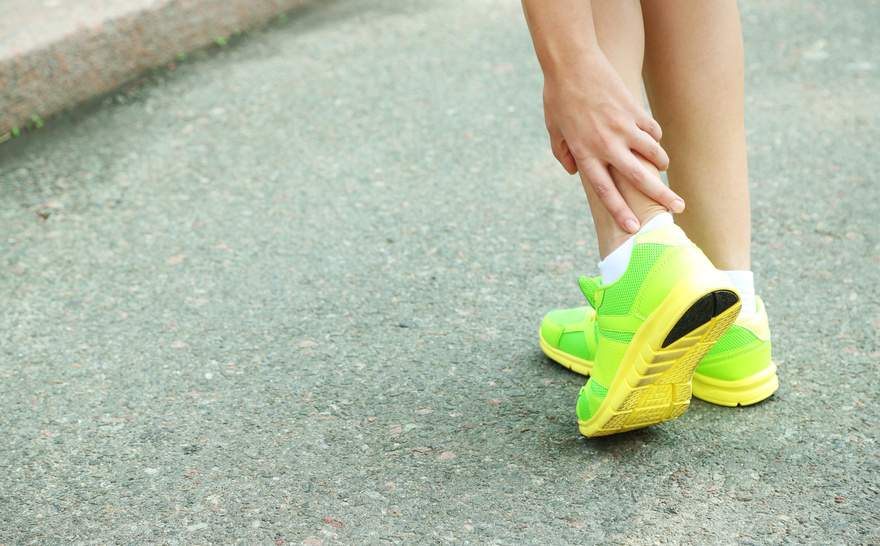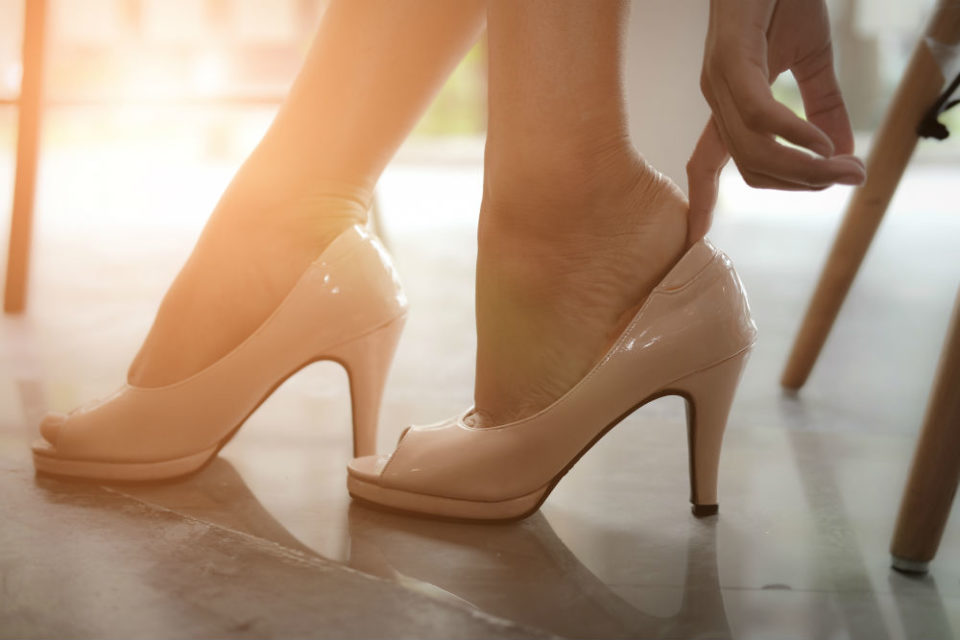
It’s a problem you’re probably familiar with too: You’ve not gone far in your new shoes before you notice there’s a spot or two where they rub a bit too much. If you’re not able to take your shoes off straight away, you quickly end up with sore, chafed patches of skin and even blisters. But where else can you suffer from chafing other than your feet, and what parts of the feet are most commonly affected? We reveal which other areas of your body are prone to chafing and when it typically happens.
Blisters on your feet
The most common place affected by blisters and chafing is probably the feet. We tend to wear several different types of shoes, making our feet most commonly prone to sore, chafed patches of skin and even blisters. We get them when we wear socks, and we get them when we don’t. They’re often caused by wearing shoes that are too small or shoes with straps that dig in and rub your skin, for example. Feet that swell during the course of the day or badly fitting socks can also cause blisters and chafing.
When we talk about getting blisters on your feet, we can break it down further into a few more areas:
- Under the ball of the foot: Women are particularly prone to getting blisters here – especially when they’re wearing high heels, which place the front of the foot under constant strain.
- The underside of the foot: Generally speaking, the underside of the foot is susceptible to blisters and chafing – after all, more than any other, this is the part of the foot that really takes a punishing.
- On the toe(s): It’s usually the little toe that is particularly badly affected. In many shoes – particularly women’s shoes ? – there just isn’t enough room. As a result, shoes often chafe here and cause blisters.
- Between the toes: Blisters and sore, chafed skin aren’t just a problem on the toes – they can also form between the toes, too. However, it usually only happens if you’re wearing flip-flops or if you have something between your toes for a while, which can result in rubbing.
- On the heel: There may be plenty of potential for blisters and chafing on the front and undersides of your feet, but don’t forget the backs of your feet – the heels. Blisters and chafing can be a problem here, too. It’s usually the result of wearing new shoes that haven’t been worn in properly yet. If your shoes are too tight, that can also cause it.

You can end up with blisters on your feet when you’re running, when you’re shopping, or just during a normal working day. Always when you have to spend a long time in your shoes.
Blisters on other parts of the body
Yet it’s not just our feet that are often subject to rubbing. Other areas that are often affected by chafing and blisters include the following parts of the body:
Hands: Anyone who wears gloves or works with their hands a lot will be familiar with having to deal with hand blisters. They often appear when you carry out the same motion repeatedly, like when you’re gardening, for example.
Thighs: Many people also suffer from chafed skin between their thighs. This happens when the thighs rub together when you’re walking or running. Athletes and women are particularly susceptible.
Intimate area/crotch: We wear appropriate clothes to protect our intimate area, too. If they don’t fit well, or if a seam rubs a lot, you can end up with sore, chafed skin in your intimate area. This painful problem is something cyclists in particular know well.
Chest: Many endurance athletes even go as far as taping their nipples, and with good reason, too – to stop the top they’re wearing from rubbing constantly. This is more of a problem among men, but women often have to endure chafing caused by their bras. Usually it’s the seams that rub, or there is often more rubbing below the breasts.
Arms/underarms: Athletes often have to contend with sore, chafed skin in their underarms or on their arms. This is because endurance sports involve repeating the same arm movements over and over.
No matter where on your body you get chafing and blisters, the important thing is what you can do to make sure you don’t have to suffer with it in future. Prevention is the key! That way, you’ll never end up with a blister or a patch of sore, irritated skin. Our two products pjuractive mySKIN and pjuractive 2SKIN will help with this. pjuractive mySKIN helps you in everyday situations. It protects all these parts of your body in normal conditions – and it’s also nourishing for your skin, thanks to the argan oil and vitamin E in it. Our pjuractive 2SKIN, on the other hand, offers protection when extreme demands are placed on your body – like when you’re running, cycling, or doing some other form of extreme sport. In these situations, too, you can use 2SKIN to apply a protective film to shield your skin.
Our products put a stop to chafing and blisters in all those places we’ve looked at in this post – that’s a promise! Try it and see for yourself ?